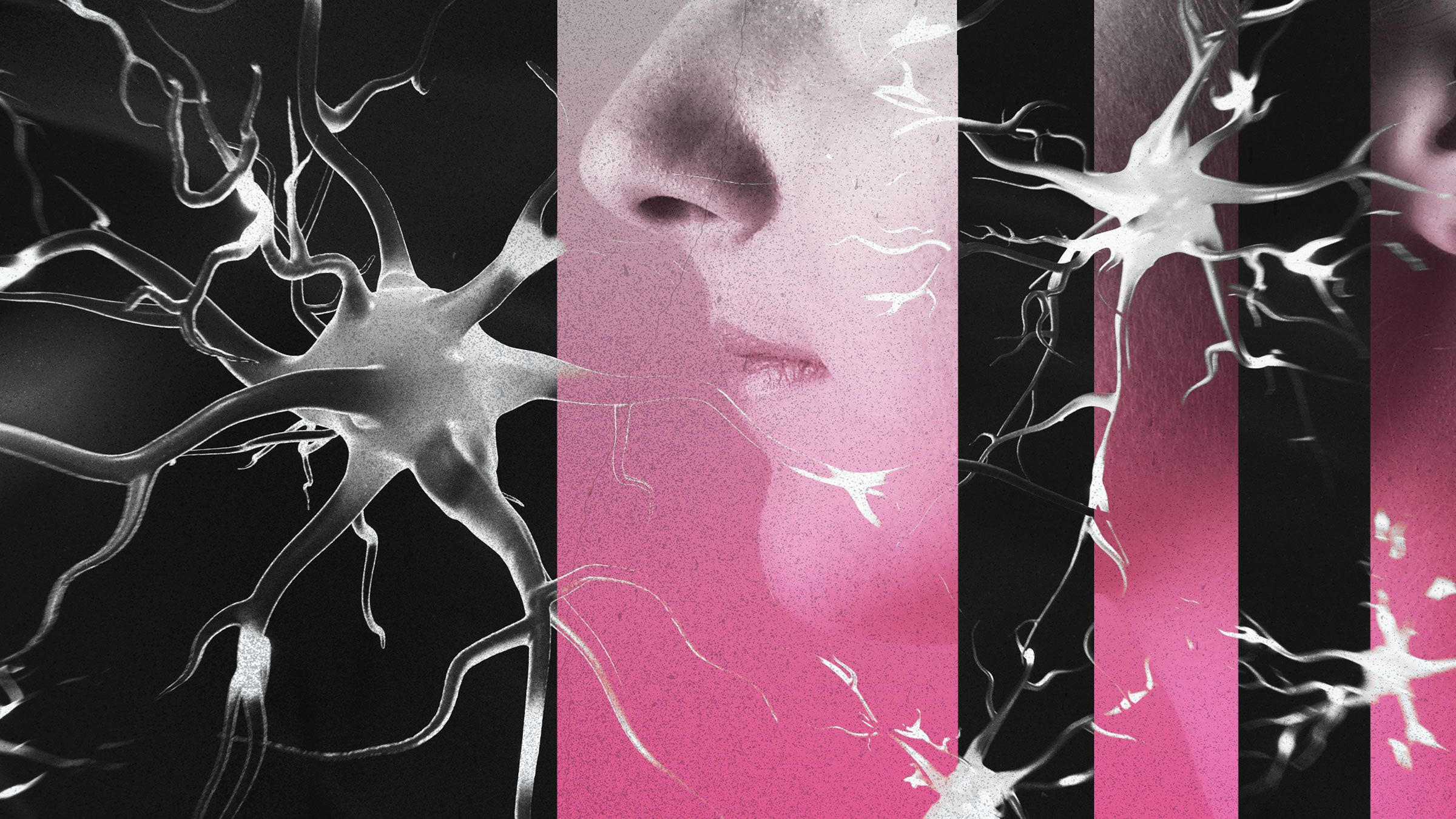A Key to Detecting Brain Disease Earlier Than Ever

A Key to Detecting Brain Disease Earlier Than Ever
Brain diseases such as Alzheimer’s, Parkinson’s, and various forms of dementia are devastating to individuals and their families. Early detection of these diseases can greatly improve the prognosis and quality of life for those affected.
New research has revealed potential biomarkers that can be detected through advanced imaging techniques and blood tests. These biomarkers can indicate the presence of brain disease years before symptoms appear, allowing for early intervention and treatment.
One key biomarker that researchers are focusing on is the buildup of abnormal proteins in the brain, which is a common feature of many neurodegenerative diseases. By detecting these abnormal proteins early on, doctors can work to slow down or even halt the progression of the disease.
Advances in technology, such as artificial intelligence and machine learning algorithms, are also playing a crucial role in the early detection of brain disease. These tools can analyze vast amounts of data and identify patterns that would be impossible for humans to detect.
Early detection not only benefits individuals by providing them with access to early treatment options, but it also benefits society as a whole by reducing the economic burden of caring for individuals with advanced stages of these diseases.
Researchers are optimistic that with continued advancements in technology and research, the early detection of brain disease will become more accurate and accessible than ever before. This offers hope for millions of people who are at risk of developing these devastating conditions.
By focusing on early detection and intervention, we can potentially change the course of these diseases and improve the lives of those affected. The key to detecting brain disease earlier than ever lies in innovative research, advanced technology, and a collaborative effort from the scientific community.







